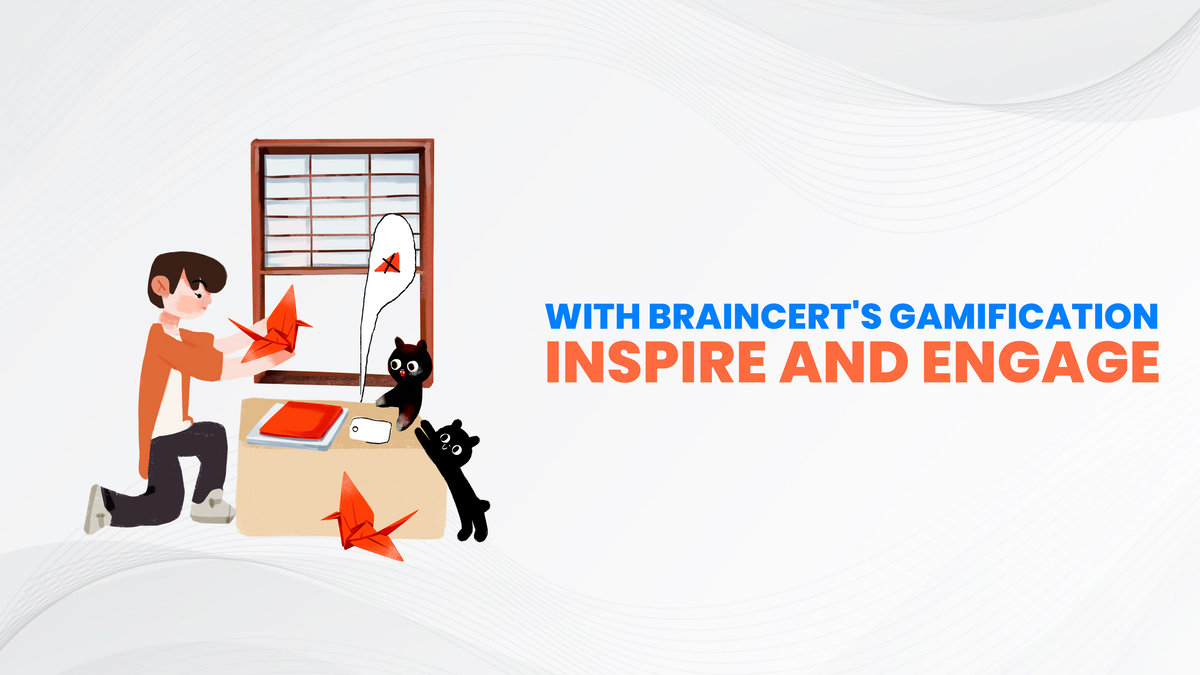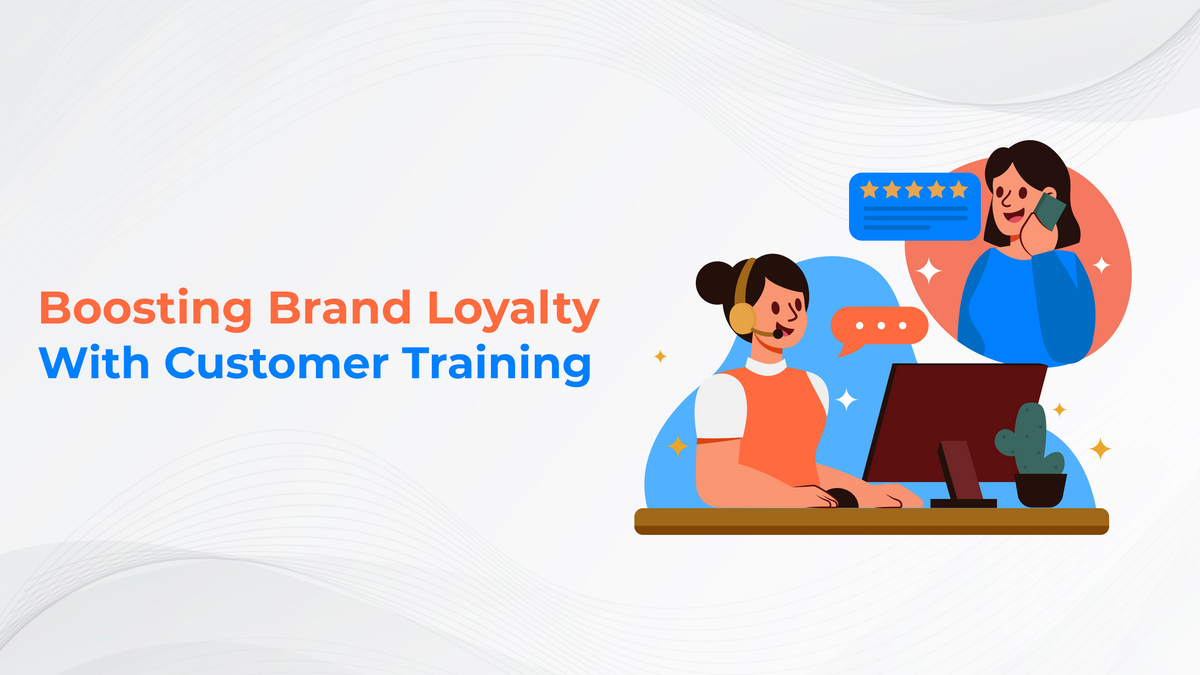Learning through gamification is becoming an increasingly popular method for engaging learners. In terms of profound learning, it meets specified learning outcomes. Many different contexts can benefit from gamification. In eLearning, gamification is often used to engage learners, recruit candidates, evaluate performance, and improve productivity within organizations.
The world of training isn't the only place where gamification is used. Playing into inherent human behaviors is also beneficial to marketers. Consumers are now engaging on social media, promoting product reviews, and leaving online comments using gamification. There are powerful results to be found here. According to one Gigya study, gamification boosted content discovery by 68% and engagement by 30%.
Professional skills training badges
By using gamified assessment tools, new skills can be mastered more quickly. Adding badges to e-learning courses to help and learn new professional skills is a great way to reward learners for completing their objectives. It's a fun way to symbolize employees' accomplishments and gives them something to be proud of after completing a course.
Compliance training simulations
The use of gamification can even liven up something as formal as a mandatory compliance training session. Using simulations where learners have to make ethical decisions based on the company's code of ethics can encourage learners to engage with the content. As a motivator to continue the course, you can also include a scoreboard that tracks how many of the questions they've answered correctly.
Enhancing the skills of professionals
Different learner paths were created as part of this professional skills enhancement approach, and the learning and gamification pathway was aligned with learners' proficiency levels. Students are presented with a mix of questions in each path corresponding to real-life challenges. Challenges of varying complexity tested learners' cognitive proficiency to handle the situation at hand, leading to immersive learning.
Know Who You're Targeting
Any project should have a clear understanding of its target audience. In design thinking, the user is always at the forefront, and information about them is collected to the maximum extent possible. Determine your employees' needs, aspirations, interests, preferred learning styles, and challenges with questionnaires, quizzes, or discussion groups. In the aftermath of pinning down all problems and objectives, you will be in an ideal position to move on to the next step.
Satisfaction Through Achievement
The enjoyment of playing a game can last for hours. This is because they are satisfied with the satisfaction they receive from completing a level - the joy they experience from outdoing themselves in each game. The same concept could also be applied to learning with increasing difficulty levels (e.g. scaffolding learning modules). Completing levels provides significant satisfaction to students and trainees, motivating them to keep improving.
Game mechanics used in gamification are
- Goals - Complete the task and earn a reward, such as a badge or points.
- Status - As users complete activities, their level or rank increases. Users are motivated to work harder to compete when they see leaderboards that show who is 'winning'.
- Community - For solving problems, completing activities, or achieving an objective, users are paired or put into groups.
- Education - The user is provided with tips, tricks, and quizzes throughout the process.
- Rewards - Badges and points are common and useful rewards. The reward could also be a discount, a coupon, or a gift card. The result is a high level of engagement and motivation for the user.
To Conclude
BrainCert’s feature-rich gamification engine for eLearning instructors to battle poor learner engagement & course completion rates. Gamification aims to inspire users to engage with the content. Gamification will be successful if it combines intrinsic motivation, such as improving one's skills with extrinsic motivation, such as rewards, points, and badges.










